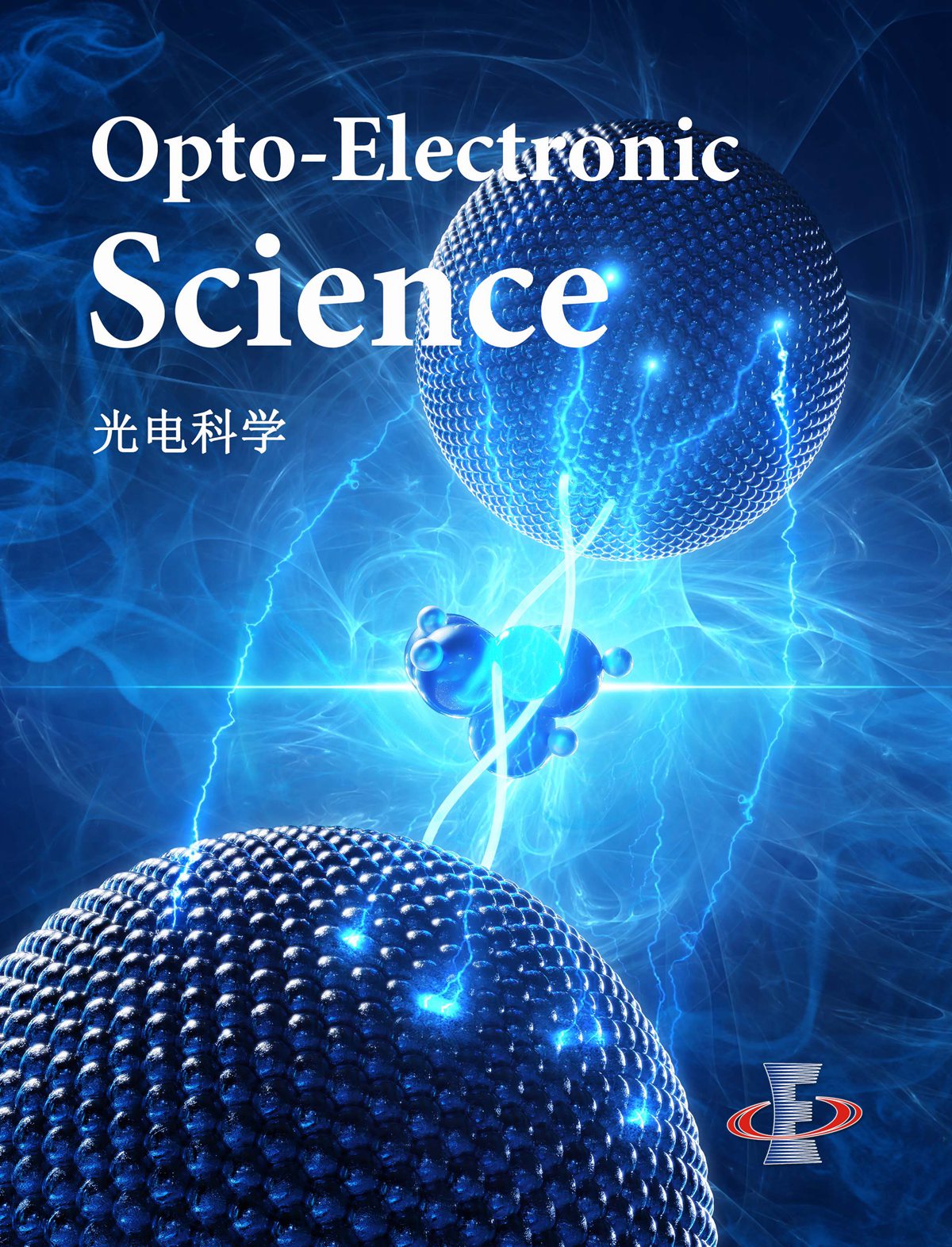 View fulltext
View fulltext
Baiheng Zhao... and Jianji Dong|Show fewer author(s)
With the advancement of deep learning and neural networks, the computational demands for applications in wearable devices have grown exponentially. However, wearable devices also have strict requirements for long battery life, low
Dec. 30, 2023Vol. 2 Issue 12 230017 (2023)
Deer Su... and Weisong Zhao|Show fewer author(s)
A critical function of flow cytometry is to count the concentration of blood cells, which helps in the diagnosis of certain diseases. However, the bulky nature of commercial flow cytometers makes such tests only available in hospi
Dec. 30, 2023Vol. 2 Issue 12 230018 (2023)
Xinyu Wang... and Peng Xie|Show fewer author(s)
Mode-locked microcombs with flat spectral profiles provide the high signal-to-noise ratio and are in high demand for wavelength division multiplexing (WDM)-based applications, particularly in future high-capacity communication and
Dec. 30, 2023Vol. 2 Issue 12 230024 (2023)











